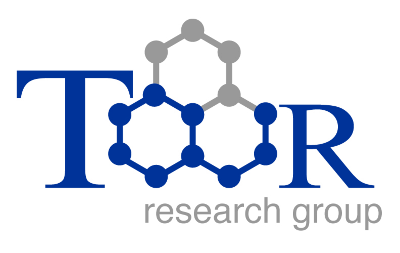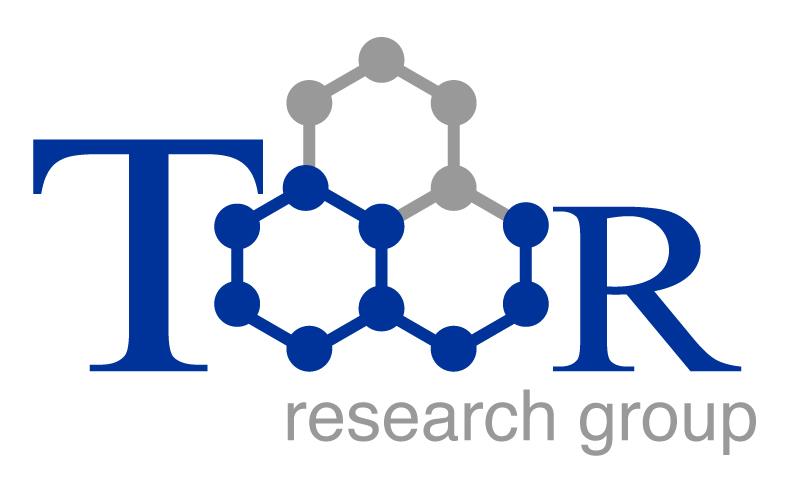Imagine your favorite food. Now, imagine it tattooed with incredibly thin, edible sensors that could give you useful information. Maybe they could tell you the food’s nutritional content. Or show where and when the food was made — even how it got to your plate. That’s what scientists are working toward. With a special laser, a research team has learned to etch an ultrathin layer of carbon onto everyday materials such as foods and fabric. It’s an early, but important, step toward making a new type of electronic sensor. They could become wearable or even edible.
Yieu Chyan is a chemist at Rice University in Houston, Texas. His team uses lasers to convert carbon in the very topmost layer of different items into an incredibly useful material called graphene (GRAA-feen). It’s a single-atom-thick layer of carbon. The researchers are perfecting their tattooing technique for use on common carbon-containing materials. These include paper, cork, wood, cardboard, cloth — even foods such as potatoes and toast!
Science News for Students
Link to article.



